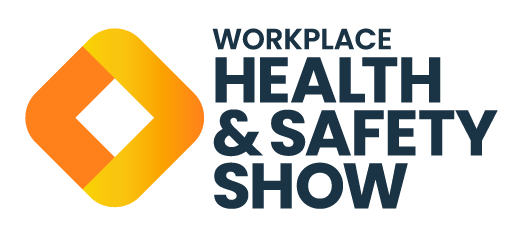Across Australia and New Zealand, workload has become one of the most pressing psychosocial hazards that organisations face. Long hours, high demands, and increasing complexity of tasks are driving burnout rates to alarming levels. It is a workplace health and safety risk that regulators, leaders, and employees cannot ignore.
The cost of high workload and burnout
Recent studies show that working more than 55 hours per week is associated with a 35% higher risk of stroke and a 17% higher risk of heart disease (Pega et al., 2021). Beyond physical health, the impact on mental health is significant: employees with chronic workload stress are far more likely to experience burnout, disengagement, and turnover.
The organisational costs are equally stark:
- Increased absenteeism and presenteeism
- Higher staff turnover and recruitment difficulties
- Delays in critical projects due to staff exhaustion
- Diminished morale and workplace culture
Why this matters now
Safe Work Australia’s 2023–24 guidance has made it clear: managing psychosocial hazards such as high job demands is a legal requirement. Regulators are focusing on enforcement, and organisations that fail to act face not only compliance risks but also reputational damage.
At the same time, employees are voicing concerns more openly. Burnout is now one of the most frequently cited reasons for leaving a role, especially among younger generations who are seeking sustainable careers with healthier boundaries.
From awareness to action
Addressing workload and burnout requires more than resilience training or wellbeing perks. Organisations must look at the way work is designed and resourced. Key steps include:
- Workload planning: ensuring tasks, timelines, and staffing levels are realistic and transparent.
- Role clarity: reducing cognitive load by clarifying responsibilities and decision-making authority.
- Manager capability: equipping leaders with the skills to spot early signs of burnout and redistribute work effectively.
- System design: investing in processes and technology that reduce unnecessary complexity.
Building capability together
No single team can solve the burnout challenge alone. WHS professionals, HR leaders, and line managers all play a role. Collaboration and shared learning are essential to move from reactive fixes to proactive design.
That is why Heart Brain Works has launched the Healthy Work Community of Practice (CoP) — a professional membership that connects practitioners and leaders committed to creating mentally healthy workplaces. Members can:
- Access real-world case studies from organisations tackling burnout and workload issues
- Browse a library of practical control strategies to use in risk assessments and action plans
- Stay updated on regulator focus areas and legislative changes
- Join live knowledge-sharing workshops with peers to share experiences and solutions
The next step for organisations
Burnout is not inevitable, it is a signal that work needs to be redesigned. By addressing workload as a psychosocial hazard, organisations can protect staff wellbeing and improve performance.
The Healthy Work Community of Practice provides the tools, examples, and collective wisdom to make that shift possible.
Learn more at https://www.heartbrainworks.org/Healthy-Work-CoP

![Heart And Brain Works Ltd.-F43-Industry news piece for website [Images]-2](https://whsshow.com.au/carbon/assets/0007e9/000009/Heart-And-Brain-Works-Ltd.-F43-Industry-news-piece-for-website-Images-2.jpg)


